It’s important to note that physical therapists don’t replace other doctors but work alongside them to help you get better. In most circumstances, a physical therapist will help you recover faster and more effectively than you would on your own. Check Out Our Special Programs To See Which Is Right For You!
A physical therapist will go through several tests to determine:
- How well you can move, reach, bend, or grab.
- Your ability to walk or climb stairs, a person’s ability to walk or climb stairs,
- Your heart rate or rhythm while working out
- Your overall posture or stability
After that, they’ll sit down with you and develop a plan of action. It will include exercises or other therapies to assist you in reaching your personal goals, such as improving your ability to function and overall well-being.
Are you someone who loves to be active but experiencing some of these roadblocks? My name is Dr Jonson Yousefzadeh… Continue Reading>>
You may make progress faster or slower than other patients in physical therapy. Everyone has unique characteristics. You might not require as many sessions as other people. It all comes down to what you want.
Learn more about our services.
There are five distinct sub-specialties in physical therapy:
Orthopedic:
An orthopedic physical therapy session is all about getting patients back to their pre-injury mobility levels. This is a pretty common sports-related injury. Stretching, strength training, endurance training, hot and cold packs, electrical muscle stimulation, ultrasound, and joint mobilization are just a few treatment options available to patients.
Geriatric:
Older adults have special movement requirements, and geriatric physical therapy addresses these demands. This category of care includes treatments for arthritis, osteoporosis, cancer, Alzheimer’s illness, joint replacement, and balance issues. Geriatric physical therapy aims to restore mobility, alleviate pain, accommodate physical restrictions, and promote physical fitness.
Neurological:
Many different types of neurological disorders and impairments can be treated with physical therapy in neurological physical therapy. To live as independently as feasible for as long as possible, treatment approaches aim to reach the highest level of autonomy possible. Physical therapists’ patients are taught daily life skills such as coping with vision, balance, mobility, and muscular loss.
Cardiopulmonary:
With the support of physical therapy, people who have suffered from cardiovascular and pulmonary illnesses such as heart attacks or COPD can improve their health and well-being. This subspecialty’s mission is to help patients become more resilient and independent in their daily lives.
Pediatric:
Pediatric physical therapy caters to the special needs of children and adolescents, including newborns, toddlers, and young children. Early identification is preferable when a child’s natural movement and learning are inhibited. Physical therapy for children (Pediatric PT) is used to address a wide range of ailments, including:
- acute injury
- developmental delays
- congenital disabilities
- genetic abnormalities (such as cerebral palsy)
- head trauma/limb deficiency
- muscle diseases
- orthopedic impairments
Physical therapists are embracing two new sub-specialties:
- Rehabilitation of the inner ear for treating vertigo and other symptoms of vertigo and dizziness.
- Therapy focused on alleviating pelvic pain, decreasing lymphatic edema, and preventing urine incontinence for female patients.
Conclusion:
Ultimately, physical therapy aims to reduce pain, restore strength and range of motion, master optimal body mechanisms for balancing and flexibility, and improve gross and fine motor abilities through therapeutic exercise, modalities, and treatments.
Come to have a therapy now by clicking here.


